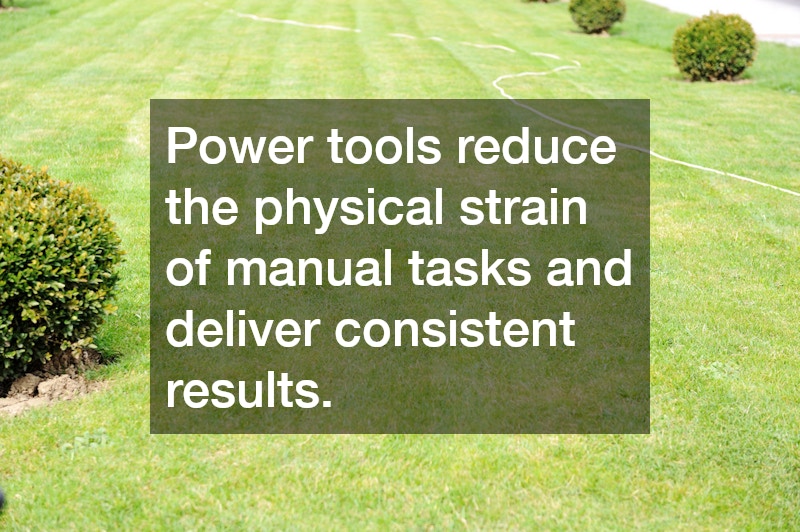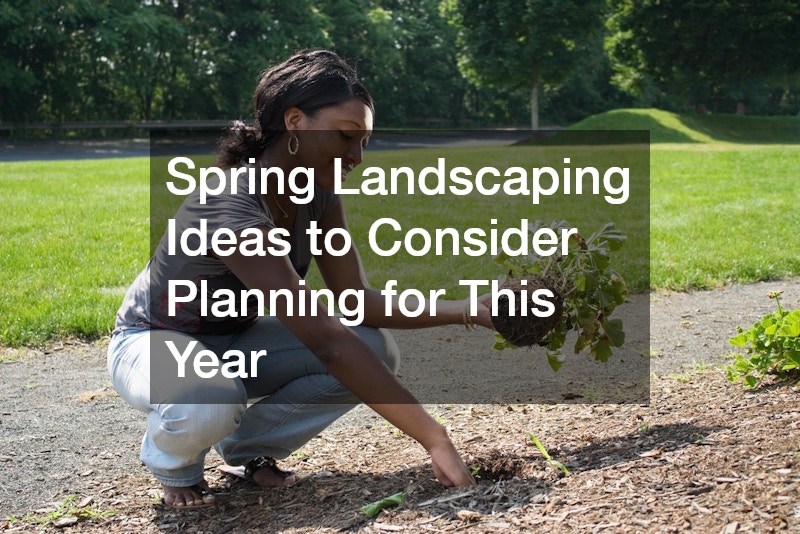Having an immaculate landscape speaks volumes about the homeowner’s taste and attention to detail. Whether you’re a professional landscaper or a DIY enthusiast, achieving a polished outdoor appearance requires careful planning, consistent maintenance, and an understanding of landscaping principles. In this article, we’ll explore some top tips and answer common questions on how to achieve a professional and clean landscape.
How Do I Plan an Effective Landscape Design?
Understanding Your Space
Before jumping into landscaping projects, it’s crucial to assess your space. Evaluating the size, shape, and existing features of your landscape is the first step in creating a cohesive and aesthetically pleasing design.
Your property’s unique characteristics, such as natural slopes or existing hardscapes, should shape your landscaping decisions. Additionally, consider the microclimates around your property, as these can influence plant selection and layout.
This assessment ensures that you maximize every corner of your outdoor space. Ultimately, understanding your space helps you to create a seamless integration between your home and garden, enhancing curb appeal and functionality.
Setting Clear Objectives
Determine the primary purpose of your landscape, whether it’s for relaxation, entertainment, or aesthetic appeal. Setting clear objectives allows you to make choices that align with your goals and ensures a functional and beautiful space.
For instance, if relaxation is your main goal, incorporate elements like a hammock or water feature. On the other hand, if you aim to entertain, planning for a barbecue area or ample seating should be prioritized.
Clear objectives guide your design choices and help allocate resources efficiently. By aligning your landscaping efforts with personal and family needs, your outdoor space becomes a true extension of your home.
What Are the Best Practices for Maintaining a Clean Landscape?
Regular Pruning and Trimming
Frequent pruning of trees, shrubs, and hedges helps maintain a tidy appearance. Regular trimming also encourages healthy plant growth and prevents overgrowth that could lead to a disorderly landscape.
By keeping plants in check, you create a structured and pleasing layout. Routine pruning not only shapes your garden but can prevent the spread of certain plant diseases.
This ongoing task also provides insight into the overall health of your landscape. As you prune, you become more attuned to changes or problems, allowing for early intervention.
Efficient Waste Management
Implement a strategy for dealing with garden waste, such as composting or utilizing a green bin service. This approach keeps your landscape free from clutter and adds an environmentally friendly component to your gardening routine.
Composting turns waste into nutrient-rich soil, benefiting your plants and reducing the need for chemical fertilizers. A dedicated compost or green waste area should be easy to access from both your kitchen and garden.
Efficient waste management is integral to maintaining order and reducing one’s environmental footprint. Moreover, it instills a sense of stewardship for one’s outdoor environment.
How Can I Choose the Right Plants for My Landscape?
Considering Local Climate and Soil
Select plants that thrive in your region’s climate and soil conditions. Choosing climate-appropriate plants enhances the vitality of your plant life and minimizes maintenance requirements.
Native plants, in particular, are well-suited to local weather patterns and soil types. They often need less water and care, reducing your workload and increasing sustainability.
By understanding what grows naturally in your area, you make informed selections that ensure a flourishing garden. This wisdom leads to a more resilient and enduring landscape.
Balanced Plant Selection
Incorporate a mix of annuals, perennials, shrubs, and trees to ensure year-round interest. A balanced selection of plants ensures a dynamic and appealing landscape design.
Diversity in plant types not only increases visual interest but also creates a robust ecosystem. Different flowering periods ensure continuous bloom, while varied growth forms add texture and depth.
By planning wisely, you can enjoy a garden that remains vibrant and colorful throughout the year. Smart plant selection forms the backbone of long-term garden success.
What Are the Essential Tools for Maintaining a Professional Landscape?
Must-Have Landscaping Tools
Equip yourself with essential landscaping tools, such as a lawnmower, pruning shears, and a wheelbarrow. These tools help you efficiently manage yard work and maintain a professional landscape.
A sturdy lawnmower ensures a perfectly trimmed lawn, a must for a polished look. Pruning shears are critical for keeping plants tidy and within bounds.
Ease of tool use and maintenance should factor into your purchase decisions. Investing in quality tools upfront saves time and effort in the long run, as they’re durable and reliable.
Power Equipment and Its Benefits
Consider investing in power equipment like hedge trimmers and leaf blowers. These tools save time and effort and ensure a neat and tidy outdoor space.
Power tools reduce the physical strain of manual tasks and deliver consistent results. They allow you to tackle larger areas quickly, keeping maintenance manageable.
As technology advances, more eco-friendly options are becoming available, such as battery-powered equipment. These not only support efficient landscaping but also increase your garden’s sustainability index.
A professional and clean landscape is achievable with thoughtful planning, consistent maintenance, and the use of the right tools and plants. By understanding your space, setting clear goals, and utilizing best practices, you can create and sustain an outdoor area that enhances the beauty and value of your home.





